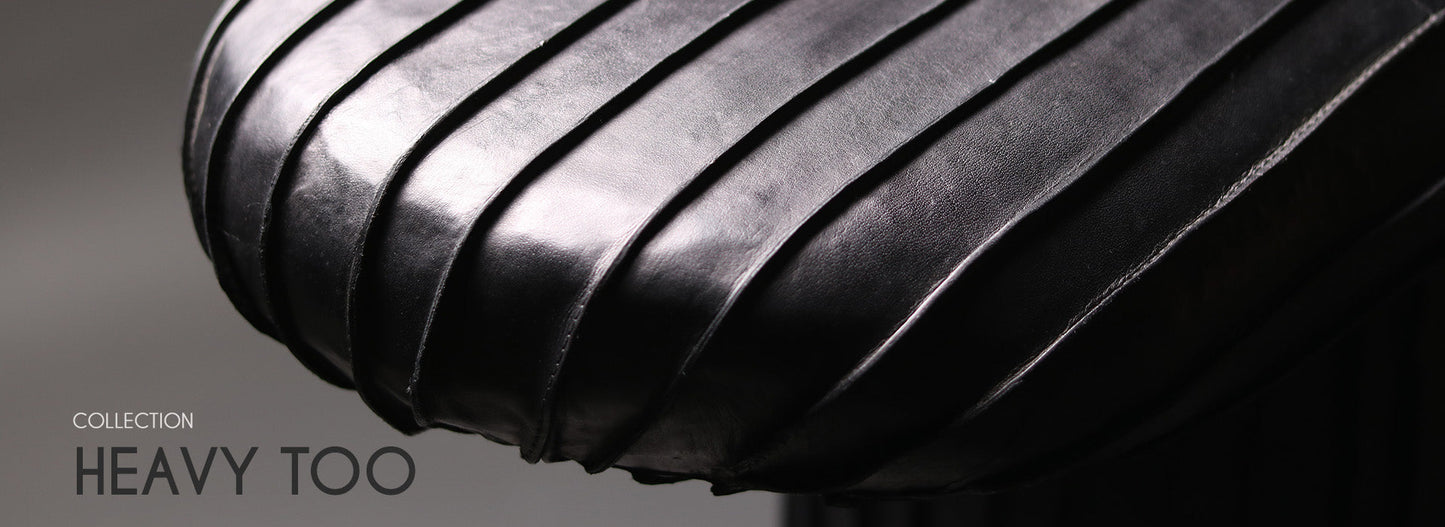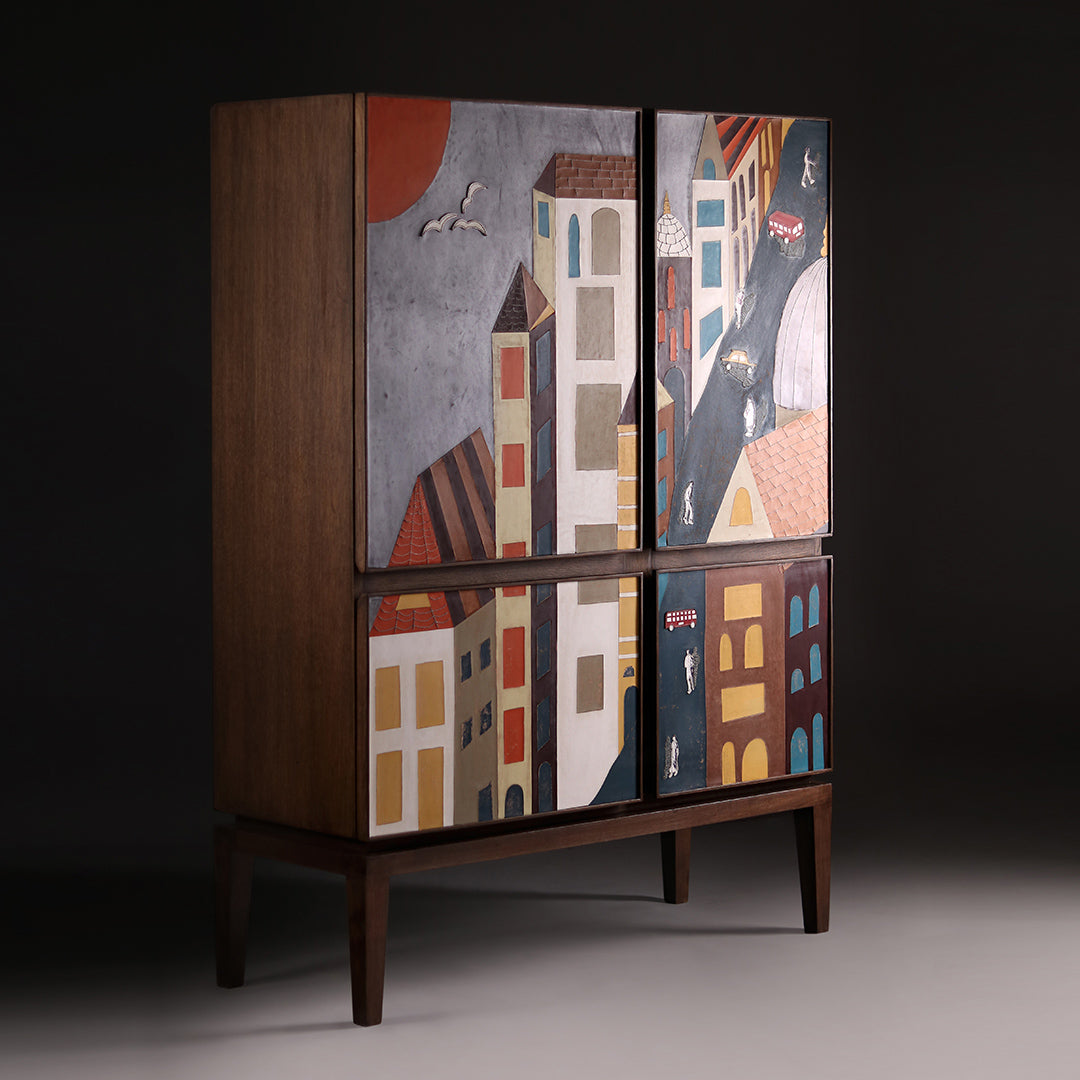
Leather-based furniture has been highly regarded for its resilience, traditional style, and ability to enhance a living area. However, not every leather couch or chair has the same quality. The market is saturated with all types of leather furniture, and your money may not be well spent if you make a poor decision. Knowing what to look for before making a purchase will help you make a confident decision and truly assess the value of your purchase.
This article contains ten essential tips for buying leather furniture. It discusses material grades, comfort, maintenance, and certifications to help you choose leather furniture that best suits your lifestyle and budget. Important Factors to Consider Before Purchase
1. Learn About the Different Kinds of Leather
Not every leather is comparable. The kind you choose will relate to the look and lifespan of your furniture.
- Full-grain leather: Quality at its best, retains the natural grain, and is durable.
- Top-grain leather: Smooth finish, somewhat processed, durable and widely used.
- Split-grain leather: Made of lower hide, less durable, less expensive.
- Bonded leather: Composed of leather scraps that have been treated with polyurethane, inexpensive but does not last.
Understanding and recognising the differences between leather types is one of the top tips for buying leather furniture, as the type you choose will directly affect both price and quality.
2. Check the Tanning Process
The tanning process preserves leather and defines its look. There are two primary methods:
- Vegetable tanning: Uses tannins found naturally, a sustainable process, realizing unique characteristics, and offers well over time.
- Chrome tanning: Uses chemicals, tends to be faster to complete, provides a uniform look, and is available almost everywhere.
If sustainability matters to you, look for vegetable-tanned leather. This is also a good practice when considering how to select leather furniture for long-term use.
3. Look for Frame Quality
The leather itself may be durable, but poor framing can shorten the lifespan of your furniture. Always check:
- Hardwood frames, such as oak or beech, for added strength.
- Kiln-dried wood to prevent warping.
- Joints reinforced with screws, not just glue or staples.
A solid frame ensures the piece supports weight and lasts for decades.
4. Consider Cushion Filling
Comfort matters as much as durability. Cushion filling affects how the furniture feels when you sit:
- High-density foam: Firm support that holds its shape for years. It is ideal if you want structure and less maintenance.
- Feather or down filling: Softer and more relaxed seating. However, it needs regular fluffing to maintain shape and comfort.
- Foam and feather blend: Combines support and softness. It provides balanced comfort while reducing the need for frequent upkeep.
When learning how to choose leather furniture, remember that cushion filling can make or break the sitting experience.
5. Pay Attention to Stitching and Detailing
Durable stitching ensures that leather furniture remains intact for many years. Look for:
- Double-doubled stitch in high-stress areas: A reinforced stitch around areas like armrests and seat borders ensures the leather will not become loose or split due to day-to-day use.
- Straight, uniform seams with no loose threads: Straight, uniform seams show quality craftsmanship. If a seam is uneven or has loose threads, it likely indicates a lack of attention to finishing that will not hold up over time.
Decorative stitching provides enhanced design appeal. In addition to strength, stitches can add another layer to the overall design of the furniture piece, showing thoughtfulness and giving a more tailored appearance.
This is one of the overlooked tips for buying leather furniture, but it shows the maker’s craftsmanship and ensures durability.
6. Test for Comfort and Fit
Before purchasing, always test the piece:
- Test to determine seat depth and back support: The chair seat should feel comfortable with no tension on your back. Keeping your back well supported will provide long-term comfort when you use the chair daily.
- Check to ensure your armrests can be adjusted to a comfortable height: The armrests should align naturally with your arms. If the armrests are too high or too low, they will cause discomfort over time.
Determine that your furniture fits nicely in your home and is a suitable size. Make sure you measure your room and any entryways to access it. An oversized chair might not fit properly in a small room and can overfill the space, while a chair that is too small will make the room look odd.
A piece may look good, but comfort is non-negotiable.
7. Ask About Leather Grades
Leather is often categorized into grades that define quality and price. The four grades are:
- Full grain: Premium, natural imperfections, most durable.
- Top grain: Smooth, processed, second-best choice.
- Corrected grain: Sanded and treated, less natural.
- Split/bonded leather: Low quality, not long-lasting.
Understanding these grades helps you avoid paying premium prices for lower-grade materials.
8. Evaluate Maintenance Requirements
Leather requires care to maintain its look. Consider:
- Regular cleaning with a damp cloth.
- Conditioning every 6–12 months to prevent cracks.
- Avoid direct sunlight and heat to reduce fading.
If low maintenance is a priority, consider protected or top-grain leather over untreated full-grain leather.
9. Look for Certifications and Compliance
Authentic, safe, and eco-friendly products come with certifications. Check for:
- UL License for lighting furniture parts.
- CARB compliance for low emissions.
- Fair working conditions certifications for ethical sourcing.
These ensure your furniture is made responsibly and is safe for indoor use.
10. Compare Price with Value
When it comes to furniture, leather is an investment. As such, prices are based on the quality of the leather, workmanship, and brand prestige. Don't just seek the lowest price, but engage in comparisons as follows:
- Quality of material: Full-grain and top-grain leather are usually the more expensive options, but will usually last longer. Bonded leather or split leather may look appealing at first; however, midway through, you’ll likely need to replace it at a higher cost.
- Frame construction: Solid hardwood frames typically cost more than softwood or composite frames; however, this particularly dense, high-quality wood offers significant benefits. They cost more, but they support weight and will withstand the test of time when properly cared for.
- Warranty and After-Sales Support: If a guarantee is offered, it indicates that the manufacturer is confident in the quality of its product. This is much like after-sales support and care, which elevates the value provided by the manufacturer, ensuring repairs or maintenance can be handled without extra stress.
Paying a little more for durability often saves money in the long run.
How PortsideCafé Sets the Standard
As one of India's luxury furniture brands, PortsideCafé is regarded as an excellent option due to its strong design focus and dedication to leather furniture. The brand utilises contemporary vegetable tanned leathers that are hand-finished, combined with strong supporting structures, and characterised by meticulous craftsmanship. PortsideCafé furniture is about beauty and certifications, including UL, CARB, and Fair Working Conditions.
If you are exploring how to choose leather furniture or searching for practical tips for buying leather furniture, PortsideCafé offers pieces that meet international standards while retaining originality. It represents the balance of design and quality that buyers in Delhi NCR and beyond now expect.
Conclusion
When buying leather furniture, you must pay attention to detail the leather grade, the quality of the frame, and the care for its lifespan. If you are appropriately informed, you'll be able to make a knowledgeable purchase. Some brands, such as PortsideCafé have shown that it is possible to design items that don't change with time, certified quality and craftsmanship, and produce leather furniture that could last for generations.
FAQs
Q1. What should I pay attention to when I am buying leather furniture?
Check the leather type, frame quality, and stitching. Make sure that it is durable and comfortable and comes with the proper certification for years of benefit and value.
Q2. What are the 4 grades of leather?
The four grades are full-grain, top-grain, corrected-grain, and split/bonded leather. Full-grain is the highest quality, while bonded is the lowest.
Q3. What is the best leather to buy for furniture?
Full grain leather is the best choice. It retains natural marks, is highly durable, and ages beautifully over time, developing a rich patina.
Q4. How to know a good quality leather?
Good leather feels supple yet firm. It has a natural smell, even stitching, and visible grain patterns. Certifications also help confirm the quality and authenticity of products.






